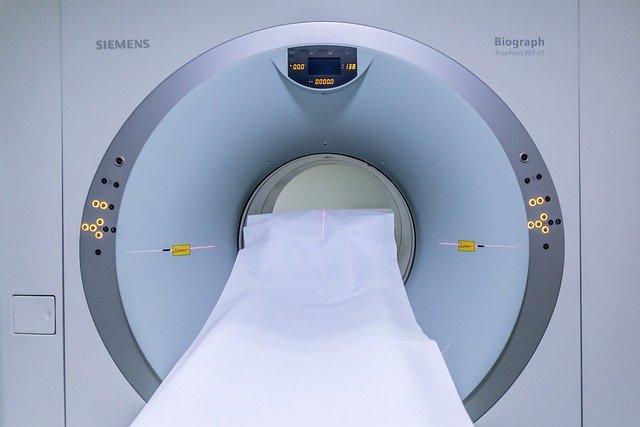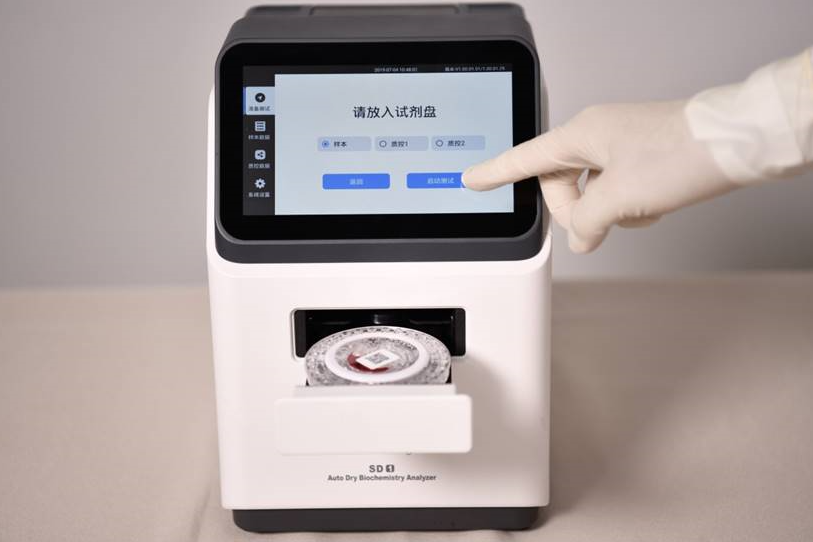Previous articles have talked about the role, principles and differences of
DR,
ultrasound and
CT respectively. What is the difference between them and MRI? Read on!
MRI is Magnetic Resonance Imaging. This device does not produce radiation, but it is often mistakenly called "MRI" because of its harmful effects on the body.
MRI working principle: MRI technology refers to the examination of the examined muscle in a strong magnetic field. This causes the hydrogen atoms in the muscle to align in the direction of the magnetic field. The tissue within the magnetic field is subjected to short-duration radiofrequency pulses, which temporarily disrupt the atomic arrangement. When the atoms are rearranged again, the tissue under examination emits a specific signal. A receiving coil placed on the examined area records the signals from the tissue, and a computer processes the signals to give cross-sectional images at different levels and in different shades of gray.
The device is also used in a closed environment because of the magnetic field, and the room should not be filled with objects that interfere with the magnetic field, such as electronic devices.
In addition, MRI takes a long time to work, at least about 30 minutes from the time of positioning to the completion of a site scan. Additional enhanced scans are required in some cases, which require even more time to work. Pets must be anesthetized and are usually under respiratory anesthesia, and an anesthesiologist will enter the workroom for anesthesia monitoring. MRI and CT are similar and both are more expensive.
MRI has excellent diagnostic capabilities for parenchymal organs such as the brain, thyroid, liver, gallbladder, spleen, kidney, pancreas, adrenal glands, uterus, ovaries, and prostate, as well as the heart and large blood vessels. Compared with other auxiliary examinations, MRI has the advantages of more imaging parameters, faster scanning speed, higher tissue resolution and clearer images, which can help doctors "see" early lesions that are not easily detectable. MRI has become a powerful tool for early screening of tumors, heart disease and cerebrovascular disease.
With the development of science, advanced imaging for human diagnosis and treatment is now gradually becoming more popular in pet medicine, and the level of diagnosis and treatment of diseases in pets has been greatly improved. About DR, ultrasound, CT, MRI, these four commonly used veterinary imaging equipment, you have understood?



